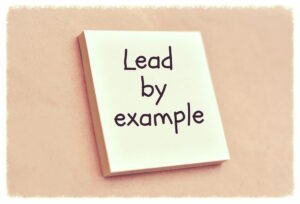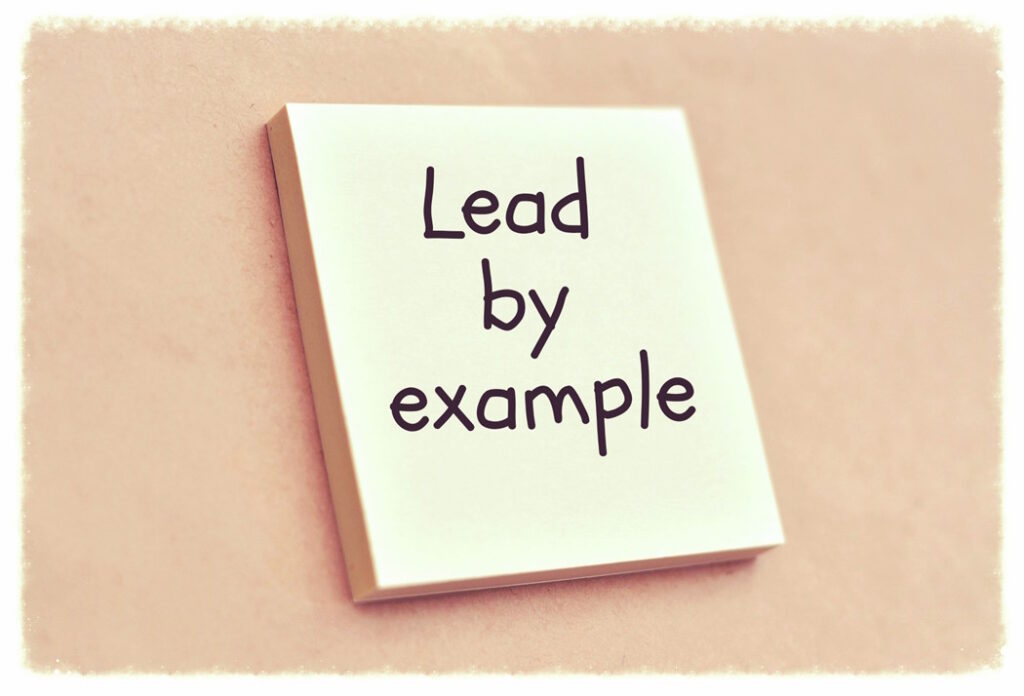Did you know that conducting ethics training based on codes of ethics and ethical dilemmas is undoubtedly necessary, but its effectiveness can be limited if not properly structured? The reason lies in how our brain makes decisions—solutions we come up with in artificial conditions (such as training) often differ from those we would make in real-life situations. This is why these training programs do not always yield the expected results.
Why do people make unethical decisions?
We all know that changing people is difficult—some will never change—but what organizations can do is provide education that encourages employees to become confident and self-aware of their own behavior.
The goal is not just to train them on rules but to help them understand their behavioral patterns and recognize unconscious mechanisms that may lead them toward unethical decisions. Once employees become aware of their internal drivers, they will be able to better control them—learning how to pause in questionable situations, activate their self-regulation mechanism, and apply critical thinking.
The role of critical thinking in ethical decision-making
Critical thinking is not inherently an ethical decision-making tool, but it plays a crucial role in bringing unconscious biases to the level of conscious awareness.
The purpose of critical thinking is to help decision-makers question their their own and others’ biases, motives, and perspectives. It allows us to pause, be objective and open-minded, and analyze situations based on facts rather than personal assumptions.
As Anaïs Nin wisely said:
“We do not see things as they are, we see things as we are.”
Our perceptions are shaped by our experiences, emotions, and beliefs. That is why self-awareness is essential – only by recognizing our internal filters can we make decisions based on reality rather than distorted interpretations.
Through critical thinking, employees learn to stop, reflect, and make ethical choices based on conscious judgment rather than automatic reactions.
What is the goal of critical thinking?
- Questioning one’s own and others’ beliefs, motives, and assumptions.
- Creating space for objectivity and openness.
- Analyzing situations based on hard evidence, rather than subjective impressions.
- Understanding what actually happened, rather than what our brain automatically assumes.
This process enables employees to avoid impulsive reactions, recognize their unconscious responses, and make well-thought-out decisions. It also teaches them to be authentic and transparent—to express their thoughts and emotions honestly, without distortion.
How do employees become competent in ethical decision-making?
When implementing such training programs in organizations, employees go through different learning stages:
- Unconscious Incompetence – They don’t know that they don’t know.
At the beginning of the training, employees are unaware of their unconscious behavioral patterns. - Conscious Incompetence – They know that they don’t know.
Through education and deeper understanding of ethical values, they recognize their weaknesses and areas for improvement. - Conscious Competence – They know they can make an ethical decision, but with conscious effort and focus.
By practicing what they have learned, employees can make ethical decisions, but it still requires deliberate attention. - Unconscious Competence– They know they can make ethical decisions without overthinking.
With support from ethical leadership and a strong organizational culture, ethical decision-making becomes natural and automatic.
How to foster internal motivation for ethical behavior?
This model shows that the goal is not to force employees to follow rules just because they are imposed on them, but rather to inspire them to develop intrinsic motivation to adhere to ethical values.
This means that organizations should not just tell employees “how they should behave”, but rather create an environment where employees themselves understand the importance of ethics and compliance, without external pressure.
When employees make ethical decisions because they believe in their value, rather than just because the code of ethics requires it, the organization achieves a true culture of integrity.
This is not just a mechanism for ethical behavior – it is a method for implementing it sustainably and effectively.






